Discover top guides, trends, tips and expertise from AIO Writers
How to Write a Novel That Hooks Readers From Start to Finish
Julia McCoy
Friday, 19th Apr 2024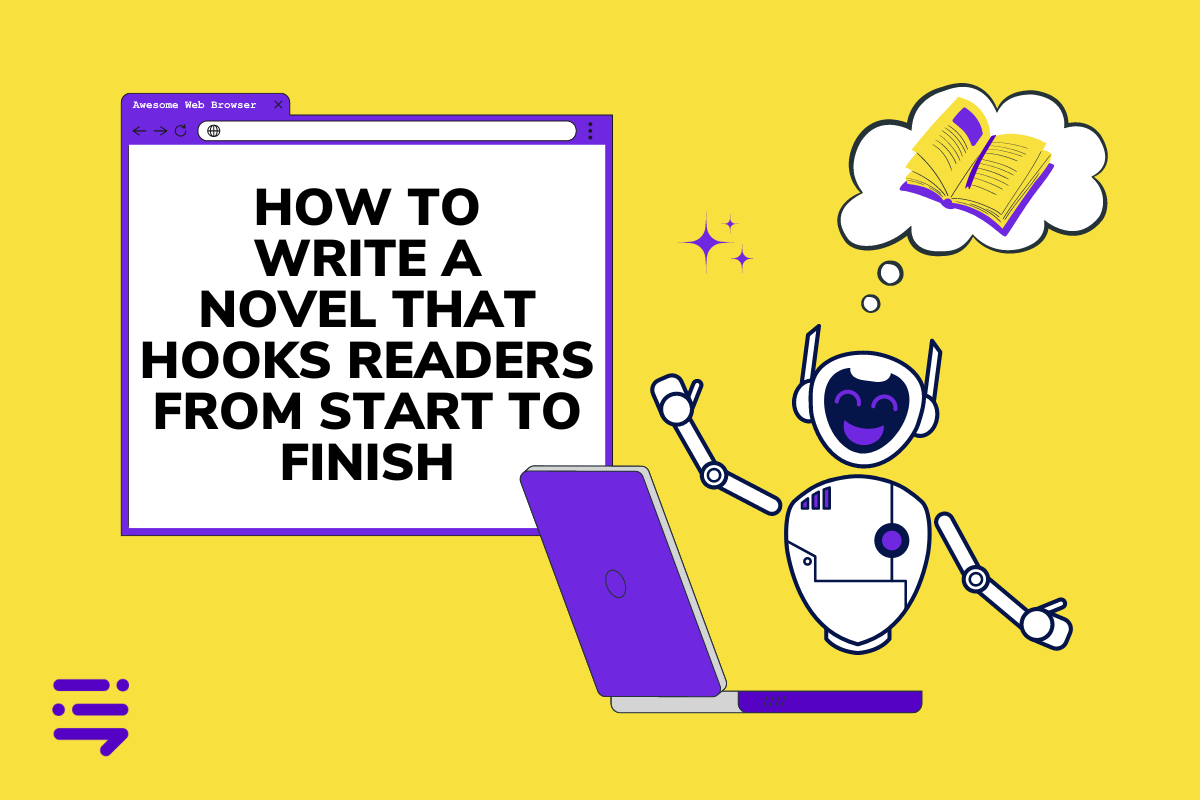
You’ve always dreamed of publishing your stories, but you’re not sure how to write a novel.
Maybe you’ve got a killer story idea, but you don’t know how to turn it into a full-fledged book. Or perhaps you’ve tried writing before, but you got stuck halfway through and never finished.
Let me tell you straight up – penning down that story in your head is no walk in the park. Yet, there’s nothing quite like the buzz you get when it all comes together.
Ready to learn exactly how to write a novel? Everything kicks off with a strong base.
Table Of Contents:
How to Write a Novel: Crafting a Compelling Story Idea
A novel is a book-length fictional story. And how many words are in a book? Novels generally have a word count of 50,000 to 110,000 words long.
What are the key elements of a novel?
- A novel has a beginning, middle, and end.
- A novel has characters, a plot, a setting, and conflict.
- A novel must explore at least one theme.
Step 1: Brainstorm Ideas
Every novel starts with an idea. Ideas can come from anywhere: conversations with friends, real-life experiences, writing prompts, difficult questions, thought experiments, literature you’ve read, and even the simple desire to write something entertaining.
You likely brainstormed to determine who and what your novel will be about. If you feel like you have a well-developed idea for your novel, there’s no need to do this a second time.
But if you feel like you still ought to fill gaps in the plotline or raise the stakes in the conflict, take time to work them out before you write an outline.
Before you start working on your novel, familiarize yourself with the elements that separate novels from other types of writing. A novel is more than a long story; it’s a distinct type of story that has multiple “moving parts.”
Novels can be for adults, teens, or children and can fit into a wide variety of genres. However, not all novels fit neatly into one genre — some straddle two or more, and others don’t belong to any genre.
Find a unique voice. It’s possible to explore themes through completely different plots, which is a crucial characteristic of themes in fiction. Themes are rarely stated explicitly; they’re generally made clear through the characters’ experiences and development throughout the novel.
Step 2: Create Memorable Characters
Characters are the people (or animals, monsters, inanimate objects, etc.) who take action in a novel. Most novels have a protagonist, also known as the main character. This is the character who experiences some type of personal change through the novel’s conflict.
Opposing your novel’s protagonist is its antagonist, which could be another person, the protagonist’s environment, or even an aspect of the protagonist.
Develop Character Arcs
Round out your heroes and villains during character development. Most novels include more than one character. Non-protagonist characters are collectively referred to as supporting characters, and they play a variety of roles in the novel.
Step 3: Establish Your Novel’s Setting
A novel’s setting is where and when it takes place. Novel settings can be real or fictional places. They can also be set in the past, the present day, or the future.
For example, instead of simply stating that it’s raining, describe the sound of raindrops pattering against the window, the earthy scent of wet soil, and the way the gray clouds obscure the sky, creating a sense of gloom and melancholy.
Another technique to enhance immersion is to use atmospheric elements to reflect the mood and tone of the scene. For example, a thunderstorm scene might convey tension and conflict, while lightning flashes evoke fear and uncertainty. In contrast, a beautiful sunset over a calm sea could provide feelings of peace and serenity amidst the chaos of the story.
Step 4: Choose the Right Point of View
A story’s point of view offers a unique lens through which the events of the story are conveyed, influencing how readers perceive characters, events, and themes.
Here are the four main points of view:
First Person
In the first-person point of view, the narrator is a character within the story and speaks directly to the reader, using pronouns like “I,” “me,” and “my.” This perspective provides intimate access to the narrator’s thoughts, feelings, and experiences, allowing readers to connect deeply with the narrator’s perspective.
However, the limitations of first-person narration mean that readers only have access to what the narrator knows and experiences, potentially limiting the scope of the story.
Second Person
The second-person point of view addresses the reader directly as “you,” effectively placing the reader in the shoes of a character within the story. This point of view is less common in literature but can create a highly immersive experience, as readers feel directly implicated in the events unfolding. It’s often used in instructional or interactive narratives to engage the reader more actively in the story.
Third Person Limited
Third-person limited point of view involves a narrator who is external to the story but closely follows the thoughts and experiences of a single character, using pronouns like “he,” “she,” and “they.” This perspective allows for greater objectivity and distance compared to the first person, providing insights into multiple characters’ thoughts and motivations while still maintaining a sense of intimacy with the focal character.
Third Person Omniscient
In the third-person omniscient point of view, the narrator is not a character in the story but possesses godlike knowledge, knowing the thoughts, feelings, and experiences of all characters. This perspective offers the broadest scope, allowing readers to see the bigger picture and understand the motivations and actions of multiple characters. While it provides extensive insight into the story’s world, third-person omniscient narration can sometimes feel less personal or immediate compared to other points of view.
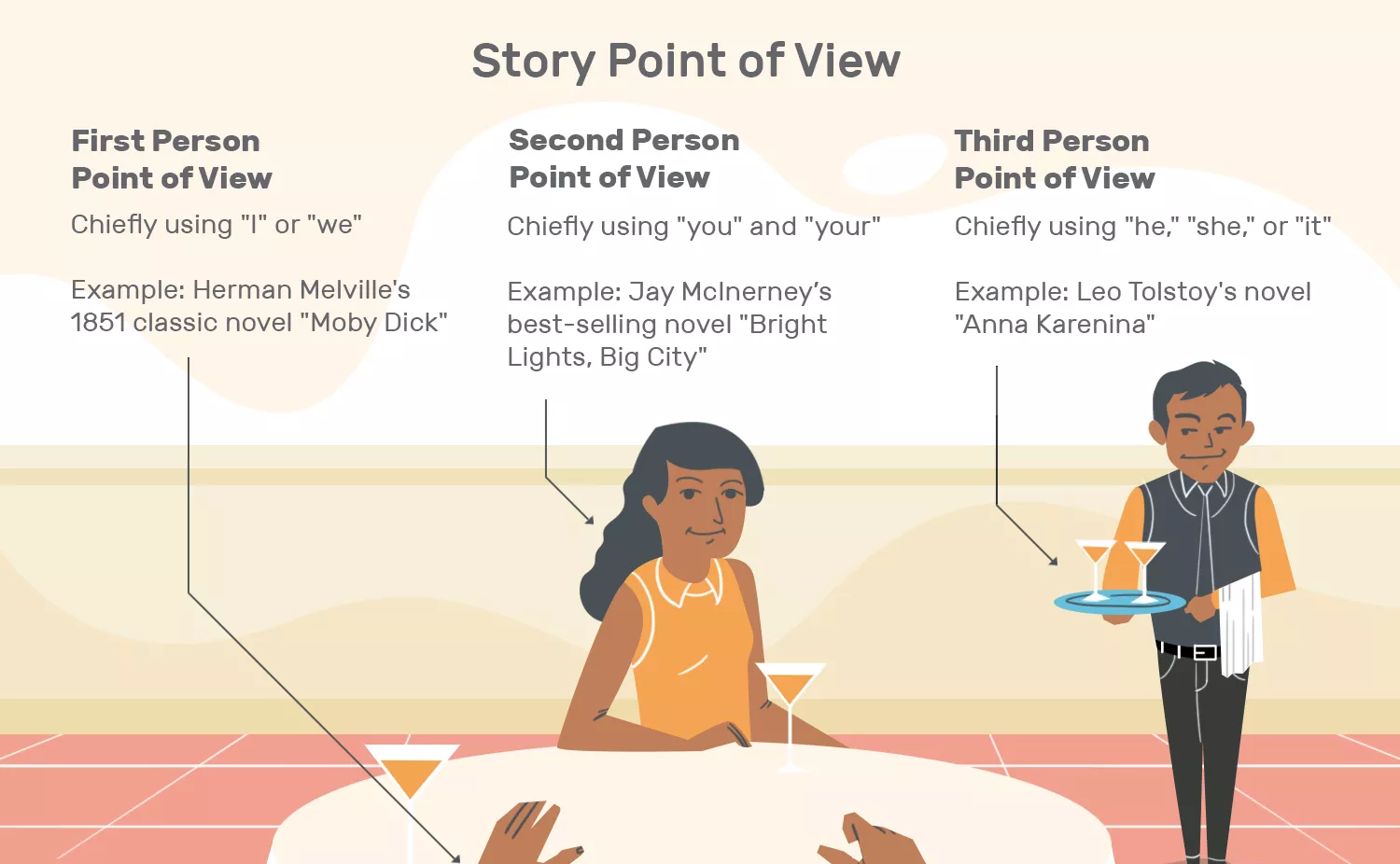
Step 5: Outline Your Novel’s Plot
Outlining your novel’s plot is one of the most crucial steps in the book-writing process. It’s like creating a roadmap for your story, ensuring you don’t get lost along the way.
Three-Act Structure
One of the most popular ways to structure your plot outline is the classic three-act structure. It goes like this:
- Act 1: The Setup – Introduce your characters, their world, and the inciting incident that kicks off the story.
- Act 2: The Confrontation – Your protagonist faces obstacles and challenges, leading to a major turning point.
- Act 3: The Resolution – The climax unfolds, and the story reaches its conclusion.
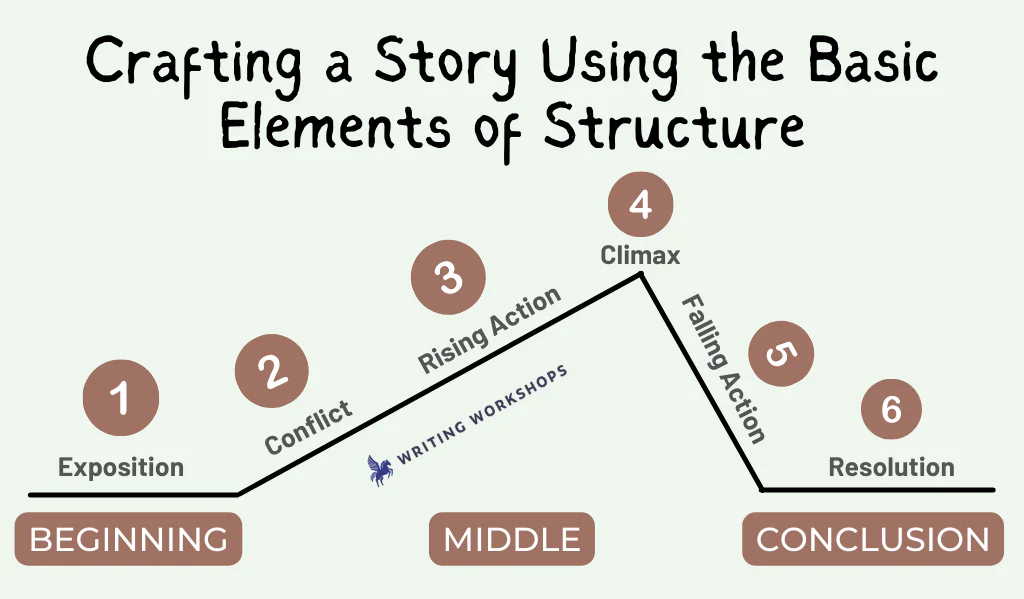


The Hero’s Journey
Another popular plot structure is the Hero’s Journey, which follows a protagonist’s transformation through a series of trials and challenges. It’s a timeless template that’s been used in countless stories, from ancient myths to modern blockbusters.
Subplots and Parallel Storylines
Don’t forget about subplots and parallel storylines. These add depth and complexity to your novel, keeping readers engaged and invested in your characters’ journeys. Just make sure they tie back into the main plot in a meaningful way.
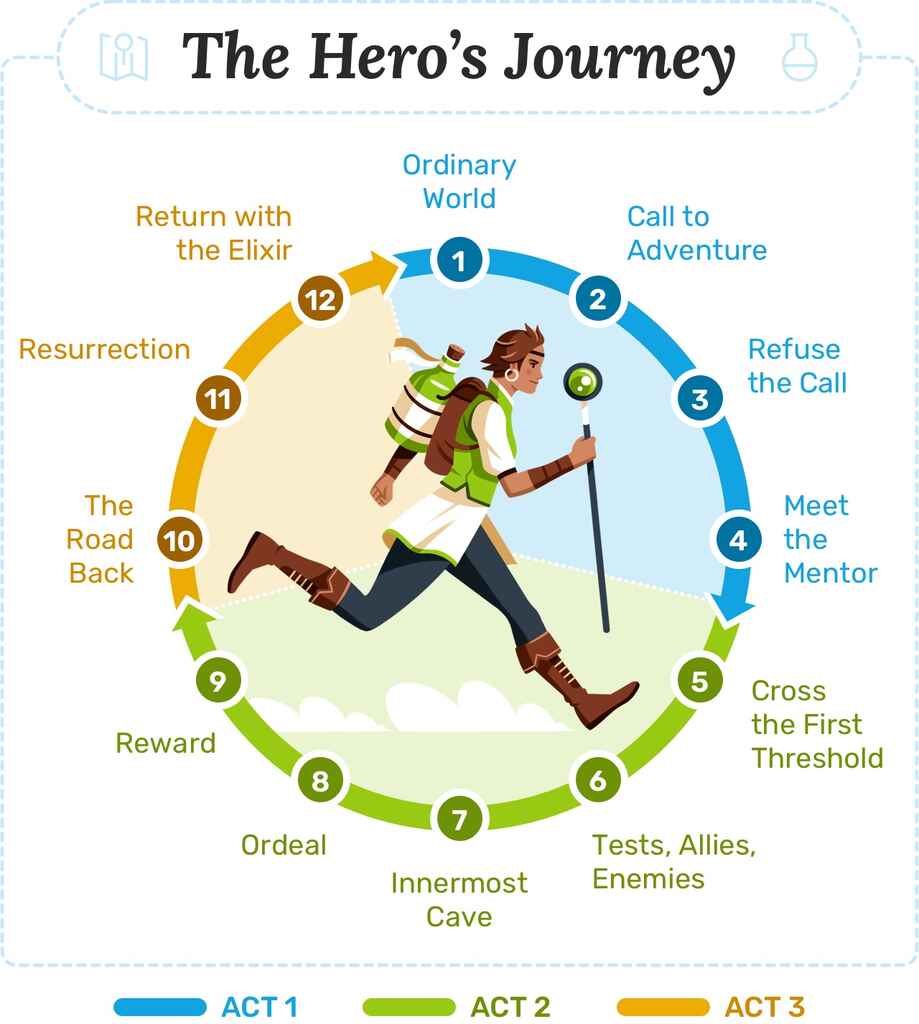


Image Source: Reedsy
Step 6: Write Engaging Scenes
Now that you’ve got your plot outline, it’s time to let your writing style shine and create those engaging scenes.
Here’s what you need to know:
Master Scene Structure
Every scene should have a clear purpose, whether it’s advancing the plot, revealing character, or setting the mood. Start with a strong hook, build tension through conflict, and end with a compelling cliffhanger or resolution.
Balance Action and Dialogue
The key to a great scene is finding the right balance between action and dialogue. Too much action can feel exhausting, while too much dialogue can drag. Mix it up and keep readers on their toes.
Create Tension and Conflict
Tension and conflict are the lifeblood of any engaging scene. Put your characters in tough situations, force them to make difficult choices, and let the sparks fly.
Remember, conflict doesn’t always mean physical fights – it can be internal struggles, relationship drama, or even a battle of wits.
As you write, try to find your writing flow. Set aside dedicated writing sessions in a comfortable writing space, and let the words pour out of you. Don’t worry about perfection – that’s what revisions are for.
Not sure how to start your novel? Here’s a guide on how to write a book effortlessly with the help of AI.
Step 7: Revising and Editing Your Novel
Congrats, you’ve finished your first draft. But the work isn’t over yet. Now it’s time to roll up your sleeves and dive into the editing process.
Self-Editing Techniques
Before you show your work to anyone else, give it a thorough self-edit. Check for plot holes, inconsistencies, and areas that need tightening up. Read your work aloud to catch awkward phrasing or clunky dialogue.
Work with Beta Readers
Once you’ve polished your draft, it’s time to bring in some fresh eyes. Beta readers can provide valuable feedback on what’s working and what’s not. Be open to their critiques, but remember – it’s your story, and you have the final say.
Hire a Professional Editor
If you’re serious about publishing, consider hiring a professional editor. They can help take your work to the next level, catching errors and offering insights you might have missed. It’s an investment in your writing career and one that can pay off big time.
If you’re worried about expenses, check out our guide for the real score on how much it costs to publish a book.
Remember, revisions are a crucial part of the process. Don’t be afraid to make big changes, even if it means cutting scenes or characters you love. The goal is to create the best possible final version of your story.
Step 8: Navigating the Publishing Process
You’ve poured your heart and soul into your novel, and now it’s time to share it with the world. But how do you navigate the complex world of publishing?
Here are a few options:
Query Literary Agents
If you’re hoping to land a traditional publishing deal, you’ll need to query literary agents. This means crafting a compelling pitch and sample pages that will grab their attention. It’s a competitive process, but with persistence and a great story, you can make it happen.
Prepare Your Manuscript
Whether you’re self-publishing or working with a traditional publisher, you’ll need to prepare your manuscript for publication. This means formatting it correctly, designing a striking cover, and writing a killer blurb that will hook readers.
Market Your Novel
Writing your book is only half the battle – now you’ve got to get it into readers’ hands. Develop a marketing plan that includes social media, book signings, and other promotional events. Building a strong author platform can help you connect with readers and sell more books.
Remember, there’s no one “right” path to publishing. Some authors thrive in the traditional publishing world, while others find success with self-publishing. The key is to do your research, weigh your options, and choose the path that aligns with your goals and values as a writer.
Writing a novel is a wild, exhilarating ride, full of twists and turns and unexpected detours. But with a solid plan, a lot of hard work, and a dash of luck, you can turn your story into a published book that will captivate readers and launch your writing career.
So what are you waiting for? Get outlining, start writing, and let your creativity run wild.
Further Reading: How Much Money Can You Make Writing a Book?
FAQs – How to Write a Novel
How do you start writing a novel for beginners?
Pick a solid idea, then just dive in. Writing daily helps your story grow roots.
How do you write a novel with no experience?
Read lots, write more. Embrace mistakes as part of learning. Let feedback guide you but not define your journey.
What is the first thing to write for a novel?
Create an outline or sketch some key scenes to light up the path ahead.
What are the 7 steps to writing a book?
- Dream up an idea
- Plan it out
- Draft away
- Revise ruthlessly
- Seek outside views
- Polish until shiny
- Pitch or publish
Conclusion
Learning how to write a novel is a journey — one that’s well worth taking. Kick things off with an intriguing concept, add in some complex personalities for flavor, and tie everything together with twists only you can dream up. Soon enough, you’ll have readers hanging on every word from start to finish.
Always remember, sharpening your writing skills is a marathon, not a sprint.
What are you waiting for? Grab your pen and paper (or your laptop) and start writing. Your story is waiting to be told, and the world is waiting to read it.
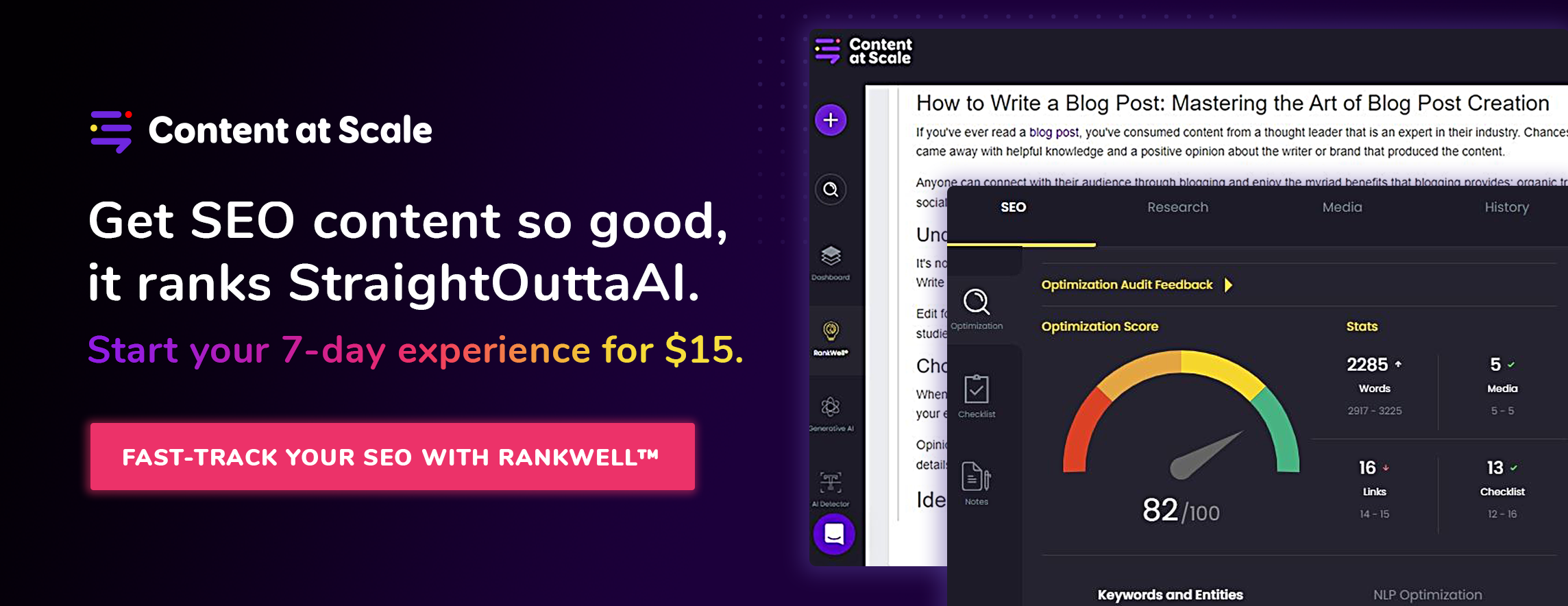


UNLOCK YOUR POTENTIAL
Long Headline that highlights Value Proposition of Lead Magnet
Grab a front row seat to our video masterclasses, interviews, case studies, tutorials, and guides.



